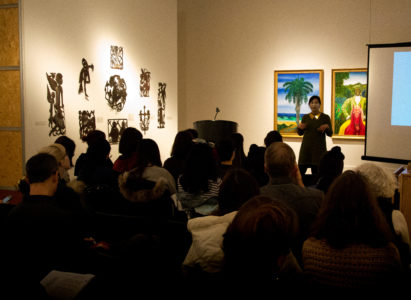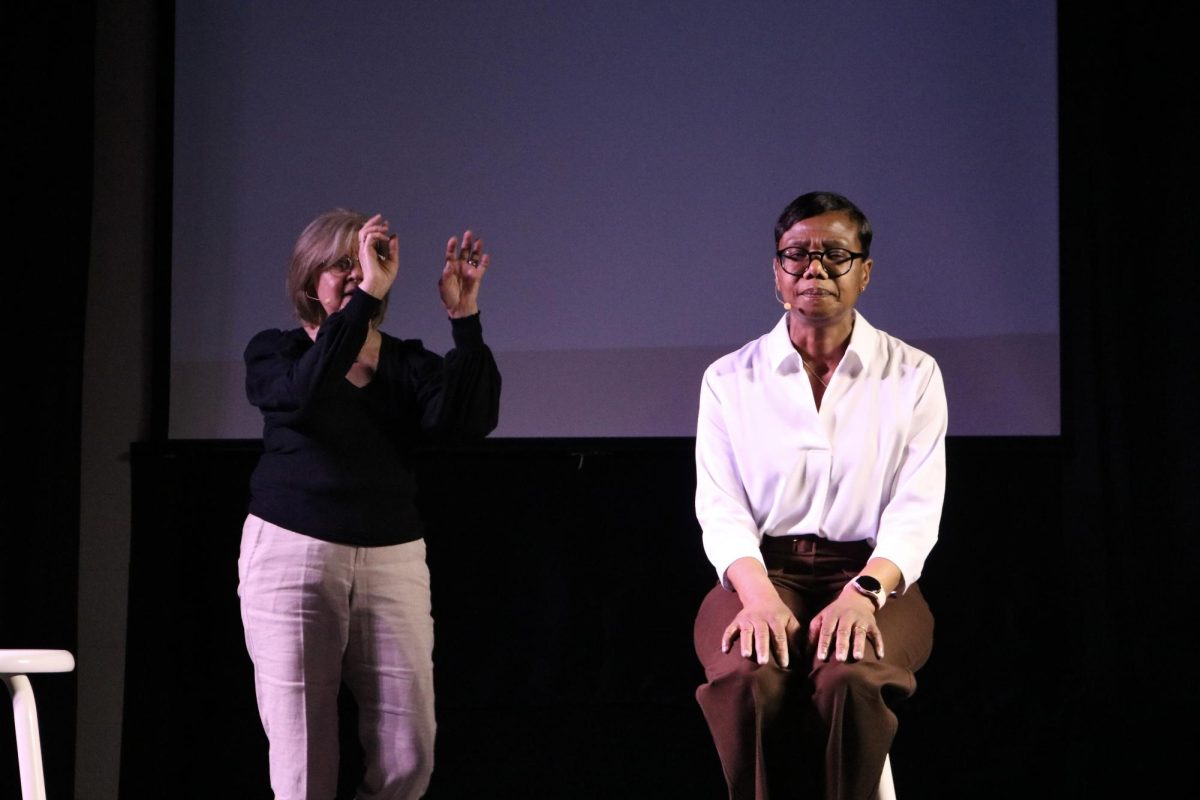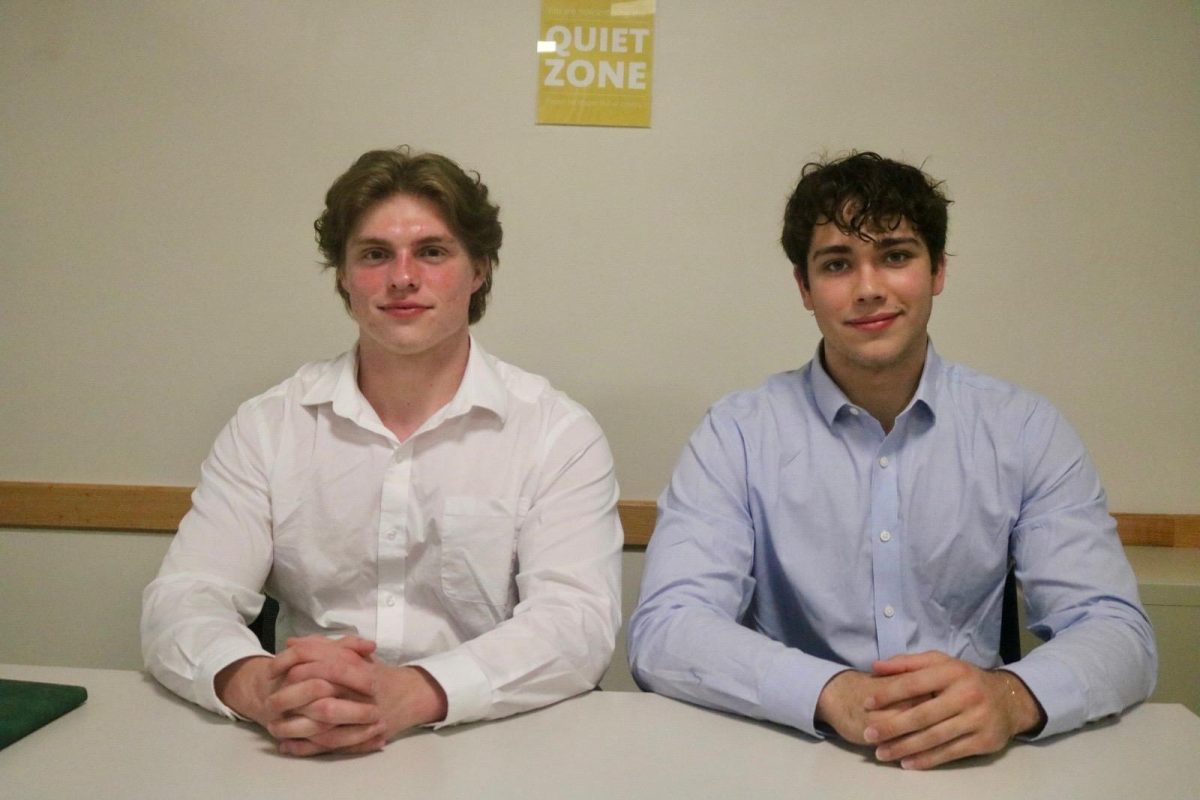By Chloe Wray
wraychlo@grinnell.edu
On Thursday, Feb. 1, the art history department brought Joyce Tsai, clinical associate professor of art education and curator of art at the University of Iowa Museum of Art, to Grinnell College to present in Faulconer Gallery as a visiting artist. Trained in the humanities and art history with a joint Ph.D. from John Hopkins University, Tsai has devoted much of her academic career to studying the life and works of Lázsló Moholy-Nagy.
“Photography emerges in the 19th century, since its invention, artists have been forced to ask, ‘why paint?’ when you have this new machine, this mechanism, this technology that can capture the world with such brilliant clarity, and with such detail,” Tsai said. “Why paint?” is the question Tsai attempts to answer through the lens of artist Moholy-Nagy in her forthcoming book, “Painting after Photography.”
Moholy-Nagy emerged as an artist following his training in artillery reconnaissance during World War I. Working with Dada-ists in Berlin, Moholy-Nagy is remembered for his constructivist style, his fondness of industry and use of technology in his art. Despite his experimentation and dependency on technology in his art however, he continued to paint.
“If you’re an artist what’s more important to you? Which are the values you are going to try to allow to survive, which are the values the world around you allows you to make?” Tsai asked of the audience.
Tsai used WWI, the Depression and WWII to frame the question of “Why paint?” within the context of the moral dilemmas of the time, a time when atrocities were occurring and art was seen as secondary or even frivolous in comparison to more pressing issues. Artists were lacking faith in humanity and Tsai sees Moholy-Nagy’s continuing to paint as an example of a return to more basic and softer tendencies of expression.
Many critics see Moholy-Nagy’s latest work as domestic and soft, commercialized with his move from Germany to America. Tsai however again re-contextualizes his later art, stating, “he’s making this at home, he’s making this on Sundays, he’s making this with his children … this is the most domesticated picture of the avant-garde you can get to. Domestication may not be so bad. This is after all the 1940s, and you’re seeing this against the backdrop where there are very few heroes, and there are a lot of crimes. … The most ethical move you can make has to begin at home.”
Tsai’s question of “Why paint?” during Moholy-Nagy’s time extends to the question: why make art at all? Why create when there is little hope? But Tsai asserts that creation springs hope, and hope can be the most revolutionary of arts.

Photo by Sofia Mendez.
















































